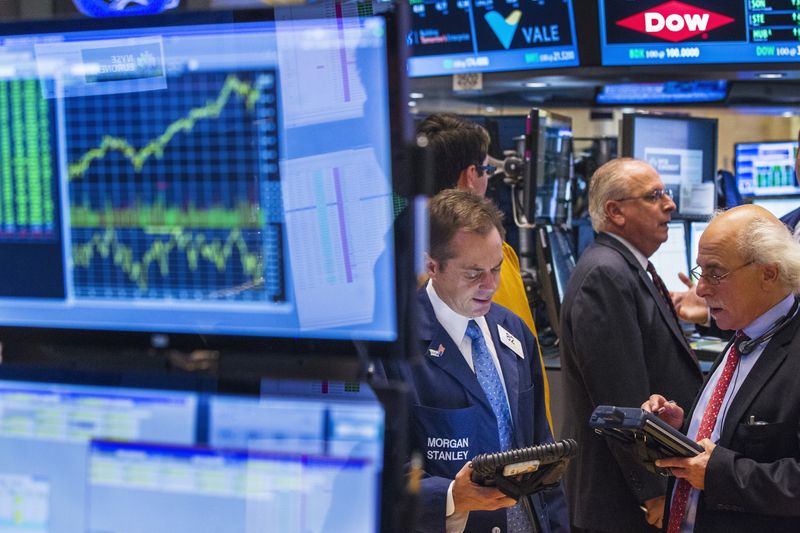Gold prices rise after heavy losses as US-China tensions resurface
Investing.com -- Morgan Stanley’s top strategist expects the S&P 500 to trade within a range of 5000 to 5500, as offsetting market forces keep equities in flux.
While the recent 90-day pause on reciprocal tariffs and additional trade concessions have eased some recession fears, the bank’s Michael Wilson says uncertainty remains high, and the Federal Reserve’s reluctance to provide monetary policy support is limiting upside potential.
“The equity market will likely remain in a wide trading range with high volatility until we have more certainty on the depth of the growth slowdown and the timing of a recovery,” Wilson said in a Monday note.
Wilson cites the U.S. administration’s willingness to “course adjust” as a key near-term positive, but the broader economic picture still remains fragile.
Long-end Treasury yields have jumped more than 60 basis points, and the back-and-forth nature of recent policy changes continues to weigh on business and consumer sentiment.
Morgan Stanley (NYSE:MS) sees earnings growth in 2025 at 6%, with base case earnings per share (EPS) revised down to $257 from $271. The bank estimates 2026 EPS at $281, or 9% growth. In a mild recession scenario, those forecasts fall to $240 and $249, respectively.
“We’ve experienced a lot of price damage, but it’s too early to conclude that the durable lows are in,” Wilson said, pointing to policy uncertainty, weakening earnings revisions, and elevated long-end rates.
The strategist suggests a more dovish Fed could push equities out of the current range, but this would likely require weaker labor data or funding stress—conditions that might initially hurt markets.
A meaningful trade deal with China or a drop in 10-year yields toward 4% could also provide upside, provided these moves aren’t tied to broader recession fears.
On the downside, the strategist sees risks from deteriorating corporate confidence and further earnings weakness.
A break below the 5000 level remains possible if 10-year yields move above 5% or if labor markets begin to weaken more sharply. Until greater clarity emerges, Wilson expects volatility to persist and advises investors to brace for continued swings within the stated range.
